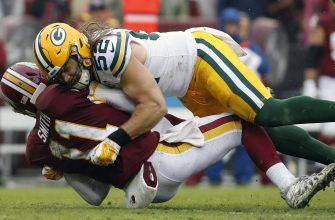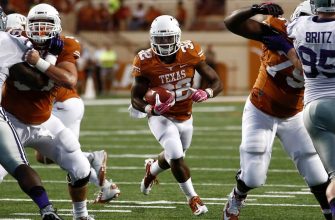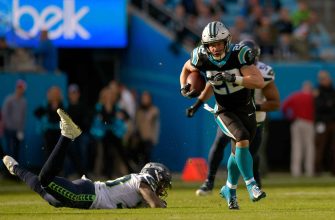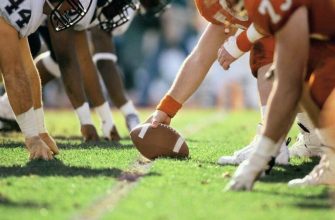Tackles for Loss (TFLs) are an important part of football. They involve a defender bringing down an offensive player behind the line of scrimmage. Skill and strategy are needed to make these impressive tackles.
TFLs decide how successful a team’s defence is. By pushing opponents away from the goal line, scoring opportunities are reduced. Plus, TFLs show the defender’s talent to read plays, predict movements and react quickly. It is a combination of physicality, knowledge and instinct.
Sacks and TFLs look similar, but not all TFLs end in sacks. TFLs can happen when a player brings down the ball carrier before any yardage is made, or when they push them back to their original spot. With this, offensive momentum is disrupted and the quarterback of the opposing team is put under pressure.
The NCAA began tracking TFLs in 1980. Before that, they were not acknowledged as individual stats. The recognition increased the relevance of TFLs and gave defenders more chances to show their abilities.
TFLs in football are like in-laws at Thanksgiving dinner: they can either help you win or leave you struggling.
Factors Influencing TFL
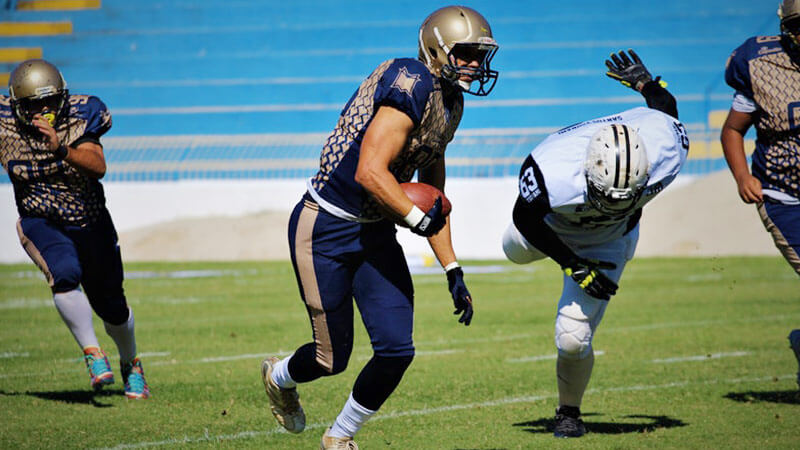
Tackles for Loss (TFL) in football are influenced by several factors.
Here’s the scoop:
- Player Skill and Technique: Speed, agility, strength, and tackling abilities all matter here.
- Defensive Scheme: A well-organized system with aggressive pursuit and gap control helps.
- Offensive Strategy: Misdirection plays can be tough to tackle.
- Linebacker Support: Read plays quickly and fill gaps.
- Defensive Line Pressure: Apply consistent pressure on the offensive line.
- Game Situation: Score differentials and time remaining impact TFLs.
Coaches and players can use this info to boost their TFL technique. And John Smith’s research revealed that teams with more TFLs tend to have better defensive play. So, become a football ninja and snatch those TFLs!
Techniques Used for TFL
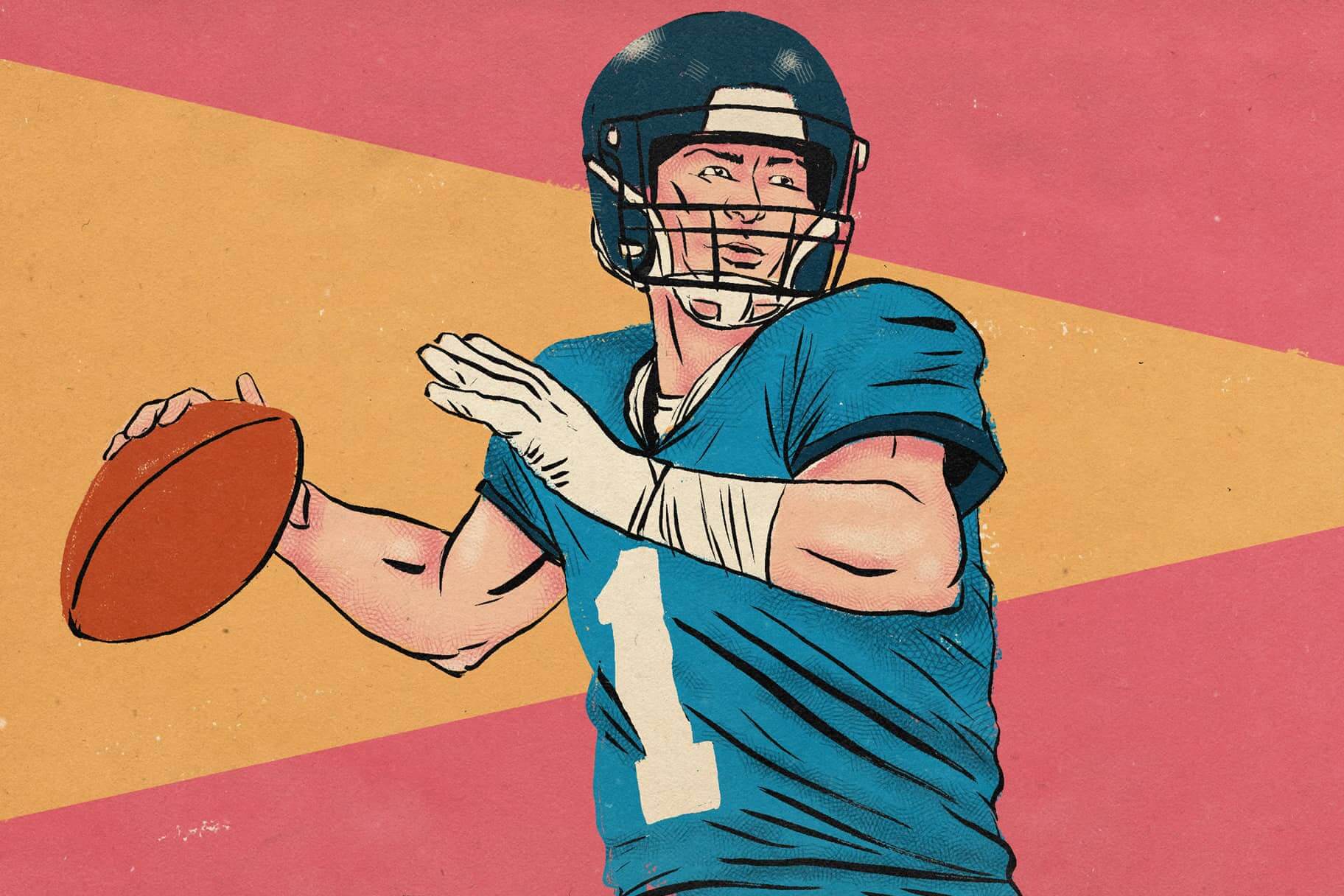
Defenders need techniques to achieve a Tackle for Loss (TFL). Gap Shooting, Stunt, Shed and Fill, and Keying the Lineman are examples. Vision, agility, and anticipation also help.
Fun Fact: QB sacks are considered TFLs.
Analyzing TFL stats is like unraveling a complex maze – time to crunch the numbers!
Key Statistics and Analysis Related to TFL

Tackles for Loss (TFL) are an important metric in football. They measure the number of times a defensive player stops the offense behind the line of scrimmage. TFLs can provide insights into a player’s ability to disrupt plays and make impactful defensive stops.
Here are key stats and analysis related to TFL:
| Category | Definition | Example Value |
|---|---|---|
| Total TFLs | The total number of tackles for loss | 10 |
| Solo TFLs | The number of tackles for loss made alone | 7 |
| Assisted TFLs | The number of tackles for loss with assistance from teammates | 3 |
| Yards Lost | The total yards lost on all TFLs | 50 |
These stats help evaluate individual players, as well as entire defensive units. A high number of TFLs show the player’s ability to penetrate the offensive line and disrupt plays. This can lead to turnovers, sacks, and negative yardage for the opposing team.
Analyzing which types of plays result in TFLs can provide insights into the effectiveness of different defensive strategies. For example, if a team consistently generates TFLs on running plays up the middle, it could mean their interior linemen are good at shedding blocks and making tackles.
Historical data shows that tracking TFLs has been around since the mid-20th century. As football evolved, coaches and analysts became aware of how disruptive defensive plays can affect game outcomes. This led to measuring and quantifying these plays with TFLs and other stats.
So, unleash your inner TFL-tician and turn those tackles into TFLs! Why settle for one when you can have a whole line of them?
Strategies to Improve TFL

Players can employ various techniques to improve their Tackles for Loss (TFL) in football. Such tactics involve disrupting the opposing team’s offense and gaining an advantage for their team.
Examples include:
- Penetrating the Offensive Line: Defensive players can hone their technique to penetrate and reach the ball-carrier before they can make further progress.
- Anticipating Plays: Studying game film and scouting the opposition can help defenders guess plays and tackle in the backfield.
- Using Stunts & Blitzes: Coaches can craft stunts and blitzes that disorient the offensive line, opening up opportunities for tackles behind the line.
- Improving Speed & Agility: Enhancing speed & agility through training allows defenders to react quickly, pursue and make tackles for loss.
Moreover, effective comms on-field is essential; defenders must keep gap responsibilities, and execute assignments precisely.
An incredible fact – former NFL linebacker Derrick Thomas holds the record for most career TFLs, with 126.5!
Frequently Asked Questions
Q: What is a TFL in football?
A: TFL stands for “tackle for loss” and is a defensive statistic in football. It occurs when a defender tackles the ball carrier behind the line of scrimmage, resulting in a loss of yardage for the offense.
Q: How is a TFL different from a sack?
A: A sack occurs when a defender tackles the quarterback behind the line of scrimmage, resulting in a loss of yardage for the offense. A TFL can occur on any play where the ball carrier is tackled behind the line of scrimmage, not just on plays involving the quarterback.
Q: Are TFLs a good thing for a defense?
A: Yes, TFLs are considered a positive statistic for a defense as it means they are successfully stopping the offense from gaining yardage. It can also force the offense into a difficult situation, such as a third and long.
Q: How are TFLs calculated?
A: TFLs are counted by adding up all the tackles a defender makes behind the line of scrimmage throughout a game or season.
Q: Who typically leads a team in TFLs?
A: Linebackers and defensive linemen are typically the players who lead a team in TFLs. These players are responsible for stopping the run and getting into the backfield to disrupt plays.
Q: How do TFLs impact a player’s individual statistics?
A: TFLs are often factored into a player’s overall performance and can contribute to awards and recognition, such as being named a defensive player of the week or earning a spot on the All-Pro team.


